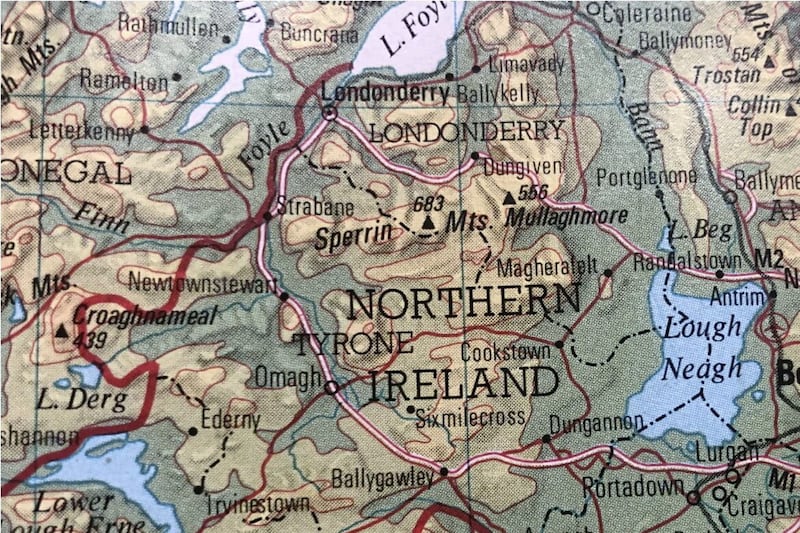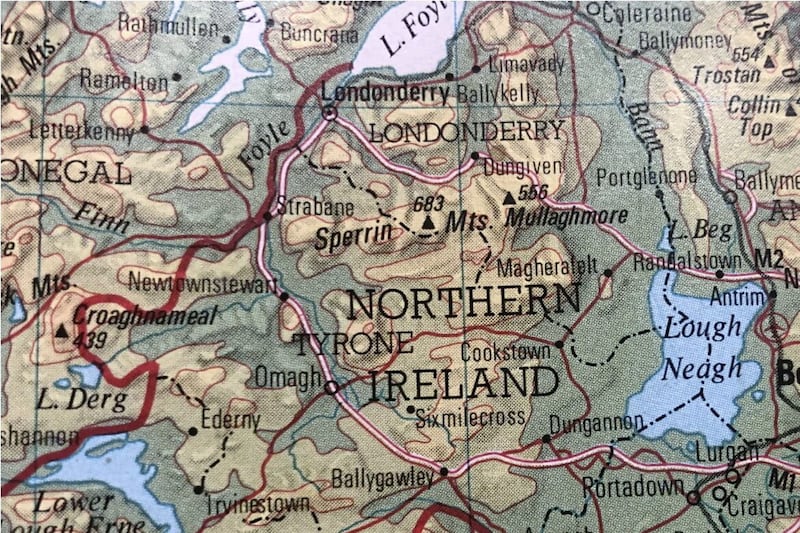FROM the announcement of the Truce between the IRA and British forces on July 8 1921 to its enactment three days later, 61 people lost their lives through political violence.
The worst outbreak of violence occurred in Belfast, with July 10 1921 commonly referred to as Belfast's Bloody Sunday. In a period of about 36 hours, over 20 people lost their lives, with scores more wounded and many people burnt out of their homes and made homeless.
The birth of Northern Ireland in the summer of 1921 witnessed another wave of intense sectarian violence engulfing Belfast, resulting in the highest number of casualties since the shipyard expulsions of the previous summer.
Fourteen people were killed in Belfast in June 1921, 10 Catholics and four Protestants.
The announcement of the Truce in July, to be enacted on the day before the most combustible day in Ulster society annually, the Twelfth, inflamed sectarian tensions to even greater heights.
For unionists, the Truce was perceived as a reward for the IRA's murderous campaign. Much to the consternation of the nascent Northern Ireland government, the IRA was due to be officially recognised while British forces were to stand down under the terms of the Truce.
Its terms were to apply to the whole island. As a consequence, the Ulster Special Constabulary, seen by unionists as a necessary bulwark against IRA aggression, was to be demobilised.
The direct catalyst for the sectarian violence of July 10 - a trend all too common for the waves of violence that engulfed Belfast from 1920 to 1922 - was the killing of a RIC constable by the IRA followed by loyalist reprisals, with innocent civilians bearing the brunt of the suffering.
The incident which has become known as the Raglan Street ambush was an IRA attack on a RIC patrol on the night of July 9.
While the RIC claimed it was just a routine patrol and the IRA attack was premeditated, the IRA counter-claimed that the patrol's purpose was more sinister, and that it was going to carry out a reprisal on IRA members for an attack on the police just days previously.
The IRA unit of 14 men opened fire on a police Crossley tender as it entered Raglan Street (present day Ross Street/Road area), leading to the killing of one RIC constable, Thomas Conlon, with two more wounded and the tender being destroyed.
The police responded by burning down the GAA hall on Raglan Street that night, a foretaste of what was to come the next day.
At 8am on the morning of July 10, a loyalist mob set fire to five houses occupied by Catholic families on Cupar Street in west Belfast.
Soon after a Catholic-owned pub on the same street, Finnegan's, was looted and set ablaze. More arson attacks followed, with 160 houses in total burned that Sunday, forcing a thousand Catholics to seek shelter in schools, stores, halls and other makeshift accommodation.
By early afternoon, rival nationalist and loyalist snipers were firing shots into adjoining Protestant and Catholic neighbourhoods in west Belfast. Tram services were halted in the area as the situation deteriorated.
Two Protestant youths William Baxter and Ernest Park were shot dead on Ashmore Street, likely by the same nationalist or republican sniper.
Two Catholic ex-soldiers, Henry Mulholland and Alexander Hamilton, were killed in quick succession by loyalist gangs. Three more Catholic ex-servicemen - James Lenaghan, Frederick Craig and Daniel Joseph Hughes - were also killed that day.
Loyalists were aided by the police forces, particularly the Specials, who, driving in armoured vehicles, sprayed gunfire indiscriminately into nationalist areas.
Senior northern IRA member Roger McCorley claimed: "The British, especially the Special Constabulary, seemed to be completely out of hand and were bent on massacre. Armoured cars passed all through our areas and kept up a continuous fire into the houses. Anything moving, man, woman or child, was fired on."
The violence spread to the city centre where an Orange Order parade was attacked by nationalist rioters firing revolvers, leading to the wounding of two people.
A stampede ensued near City Hall as panicked parade spectators rushed to flee the chaos. A mixed force of police and British military responded to the nationalist attacks by firing down the side streets into which they believed the attackers fled.
By late afternoon the violence had moved to different parts of Belfast but remained at its most intense along the Falls Road-Shankill Road interface.
It abated in the early hours of July 11 but resumed again after daybreak, ceasing just before the time the Truce was to come into effect, at noon.
James Ledlie, a member of the IRA, was fatally wounded just beforehand. The cycle of violence in Belfast from around midnight on Sunday July 10 to midday on Monday July 11 resulted in at least 21 people being killed, almost all civilians. A further 80 people suffered serious injuries.
Whilst the Truce did see a cessation in violence, it was all too brief, lasting six hours only, according to Roger McCorley.
A woman, Maggie McKinney, was killed on the Lower Falls on July 13 and rioting broke out in different parts of the city.
By the end of the week, 23 people had been killed, hundreds more had been wounded, 200 homes were destroyed and over 1,000 people were made homeless.
Even though the Truce was an illusion, it changed the environment radically in the north.
The negotiations between Sinn Féin and the British government that began immediately after the Truce increased fears for unionists while raising hopes for nationalists.
Unionists were fearful that the northern IRA would be reinforced by hardened rebels from the south and that Northern Ireland's status was in jeopardy as they were apprehensive that the British government would appease Sinn Féin by offering some form of Irish unity.
The Truce led to over 20,000 Specials being demobilised. Loyalists joined the revived Ulster Volunteer Force and new vigilante groups such as the 'Imperial Guards' and 'Cromwell Clubs'.
They filled the void left by the Specials until full responsibility of policing was handed over to the northern government in November 1921.
Now officially recognised, the new prestige of the IRA brought respect from the Catholic community and a large number of new recruits, many of them mockingly dubbed 'Trucileers'.
Before the Truce, the active nominal strength of the three northern divisions of the IRA was 2,157. This was doubled by October to over 4,000.
Whereas the Truce held, by and large, in other parts of Ireland, the violence continued in waves throughout 1921 in Belfast. More people were killed in the city in the months following the Truce than the ones preceding it.
The violence escalated, even beyond the horrors of Belfast's 'Bloody Sunday', becoming more savage during the first six months of 1922.
Cormac Moore is author of Birth of the Border: The Impact of Partition in Ireland (Merrion Press, 2019).








